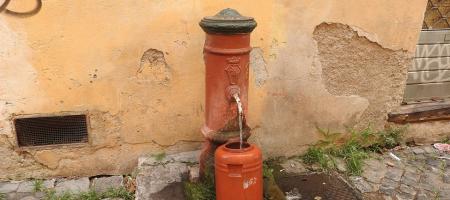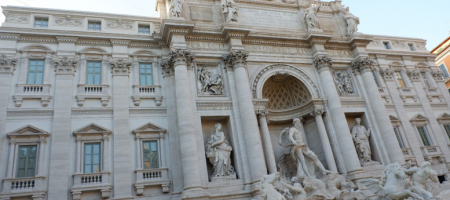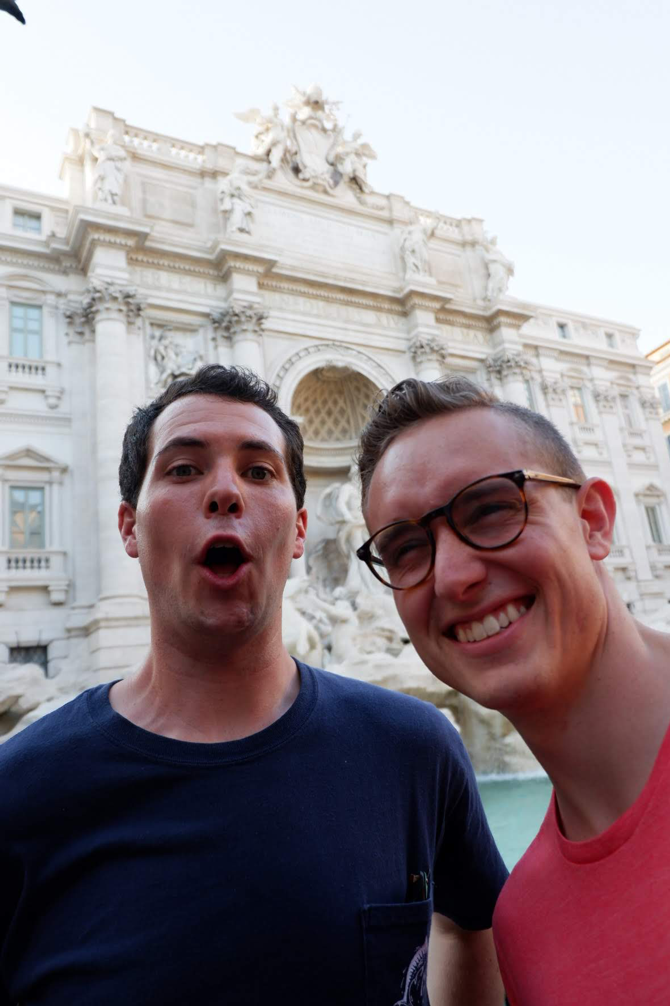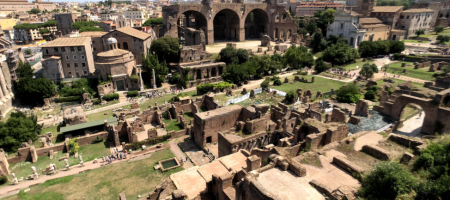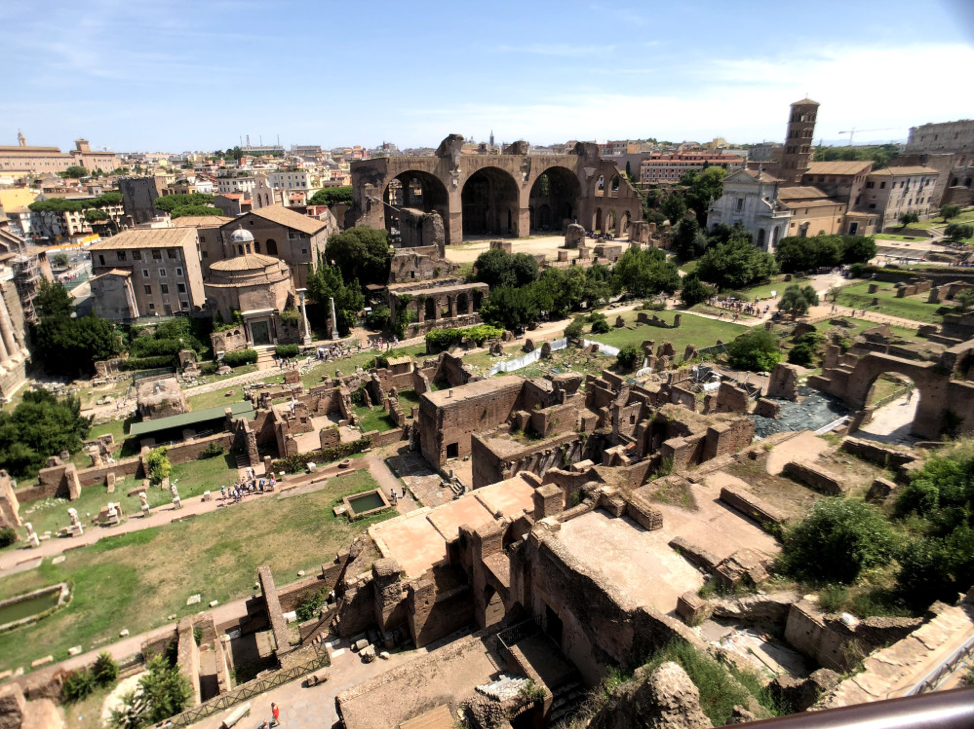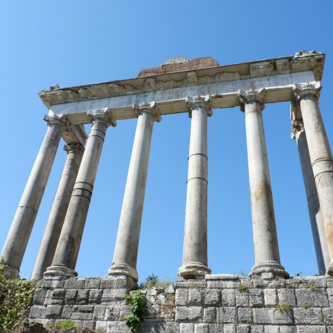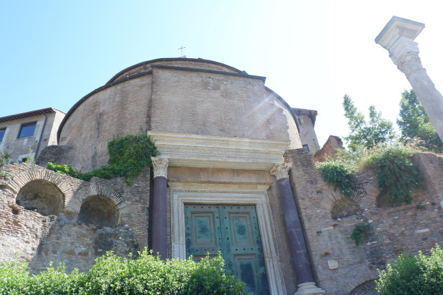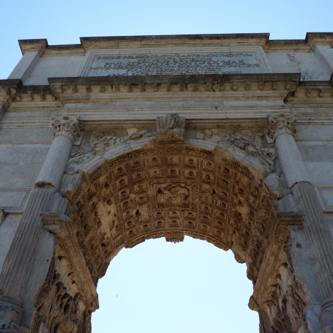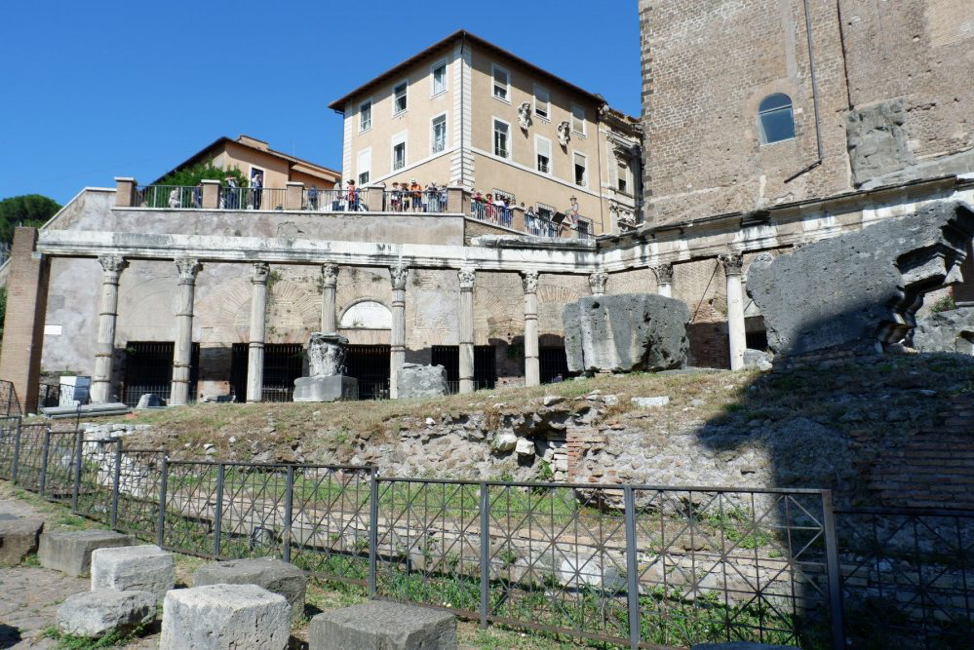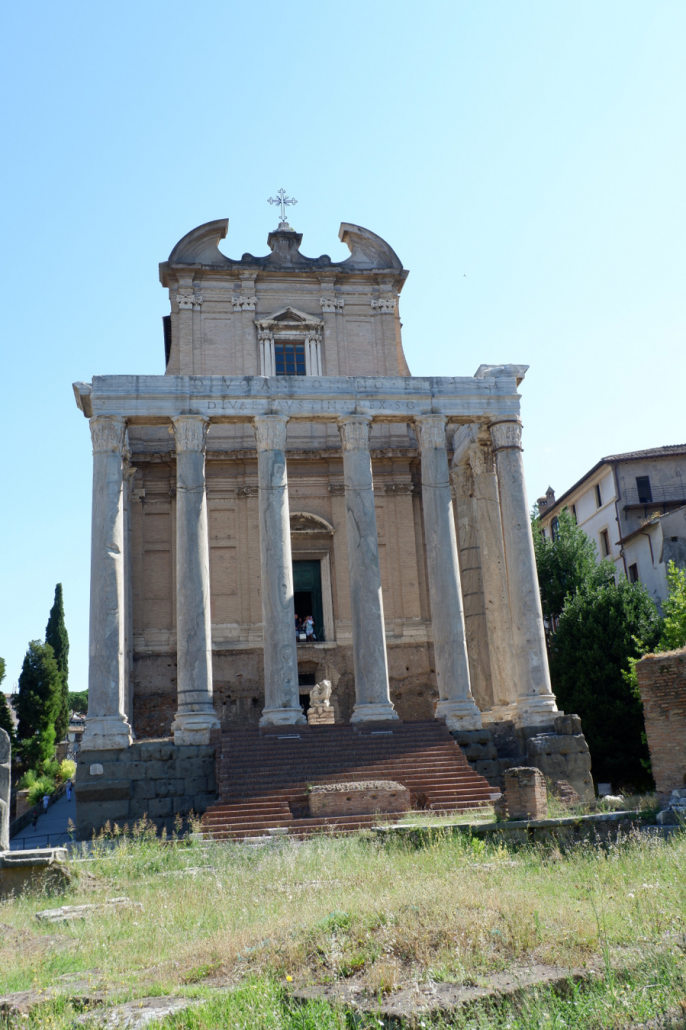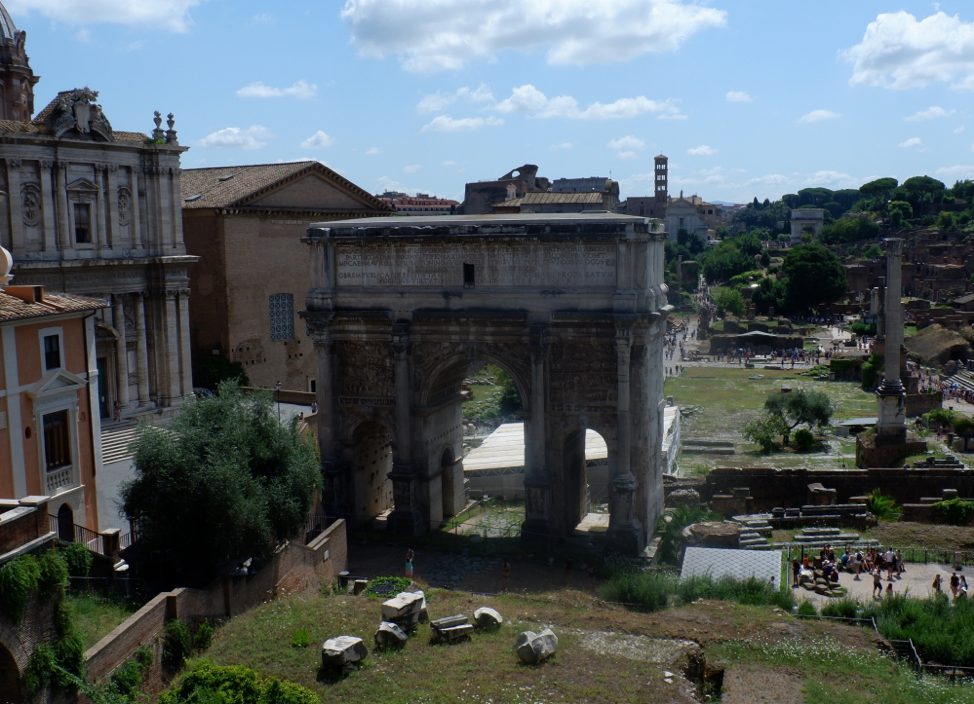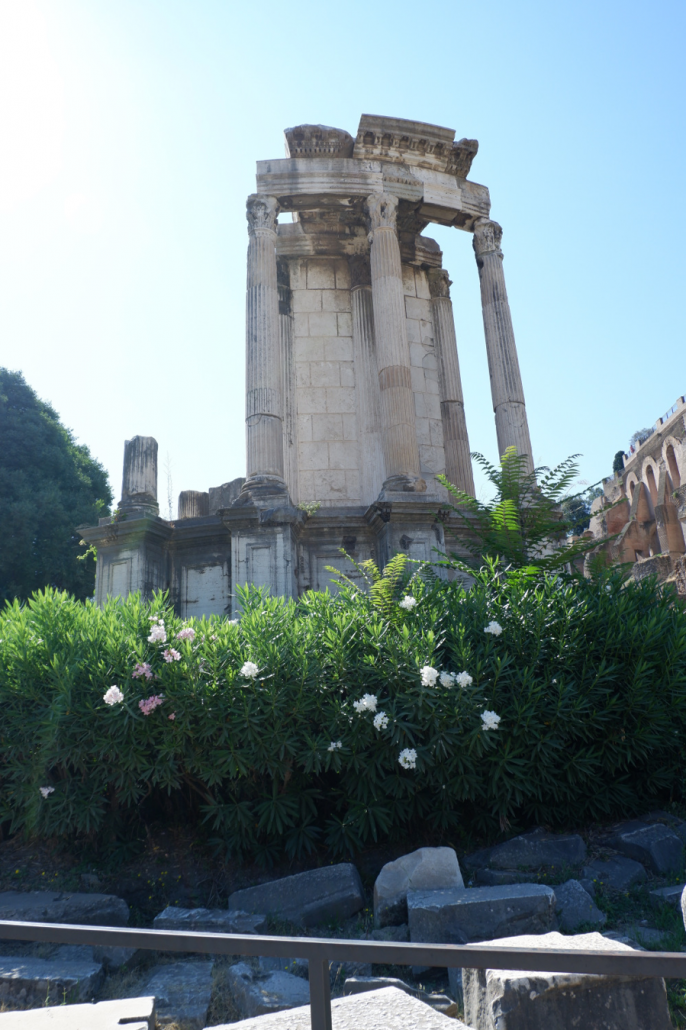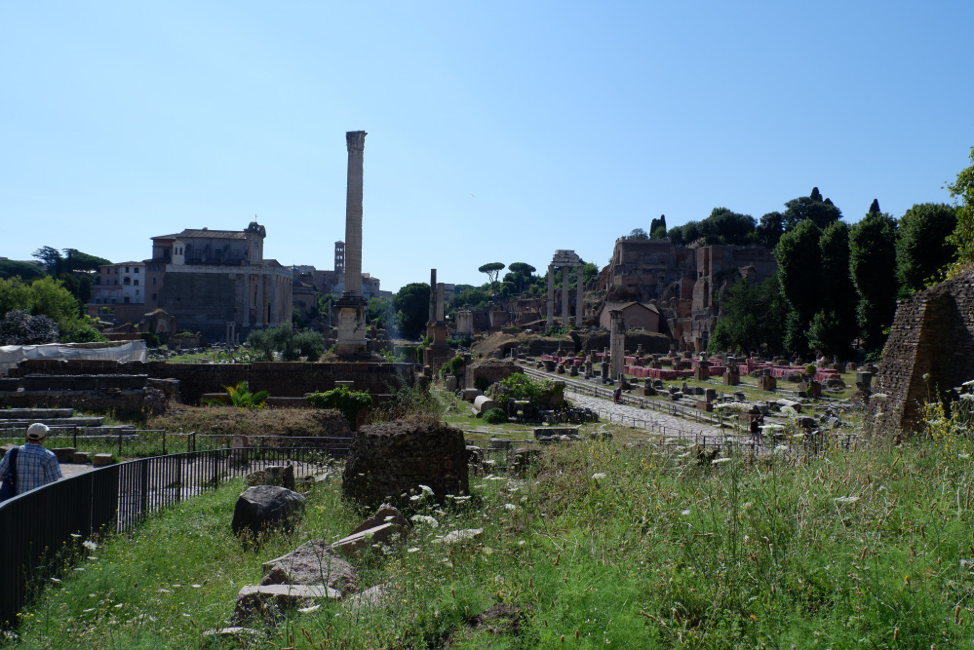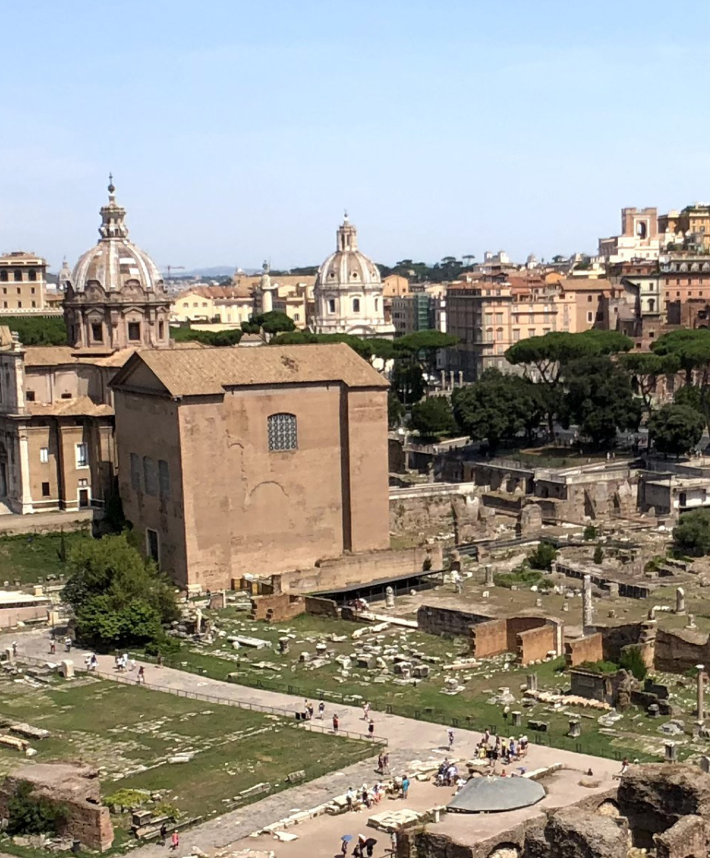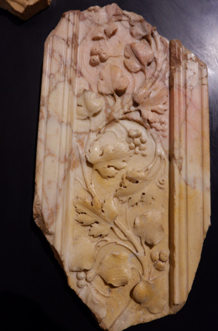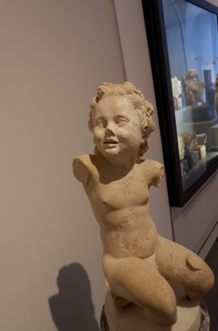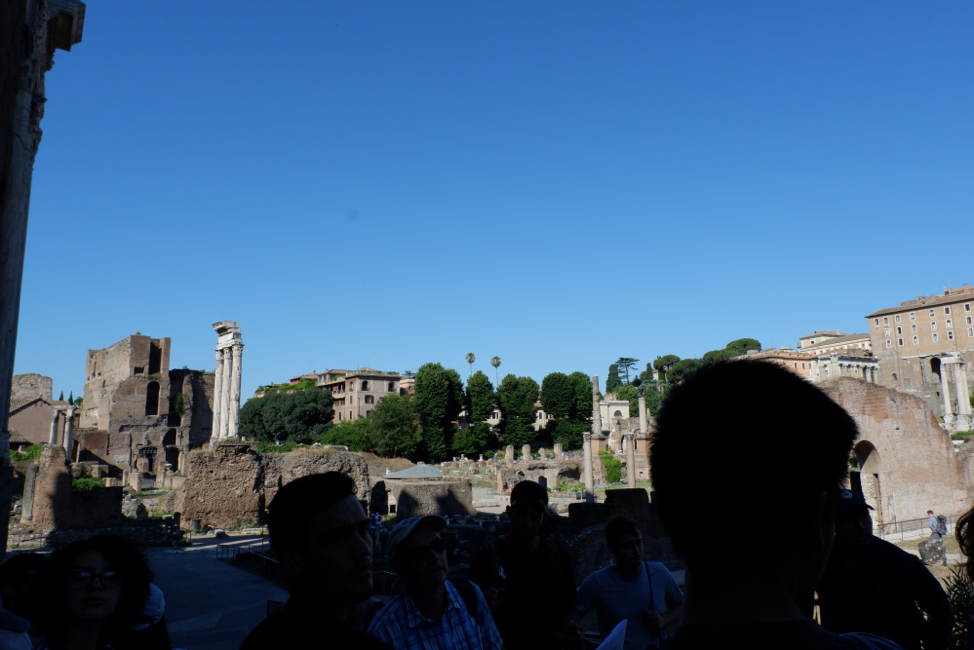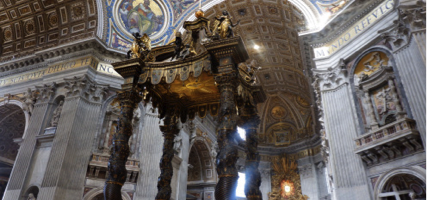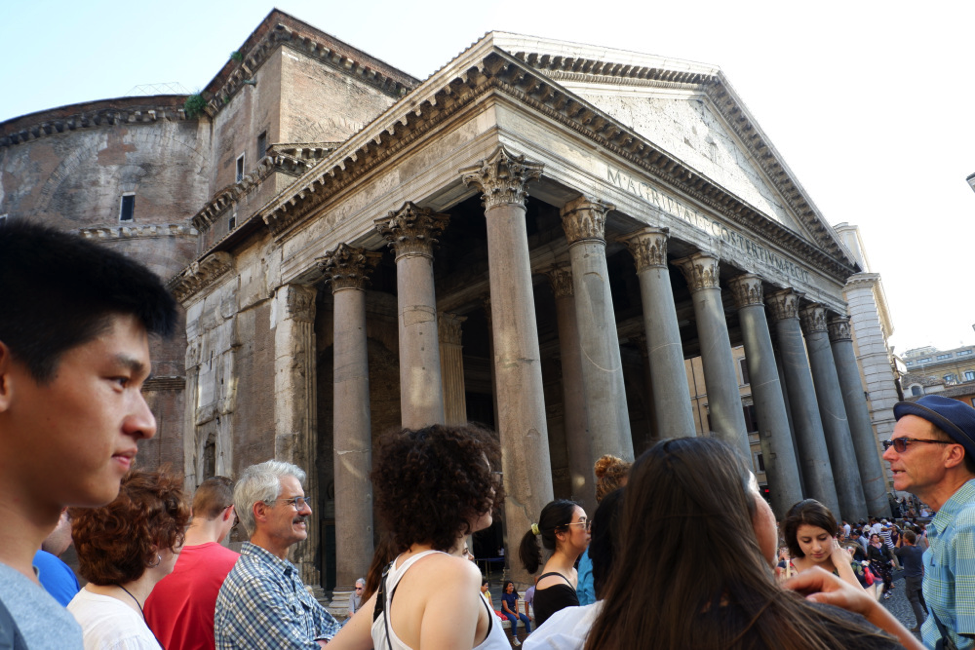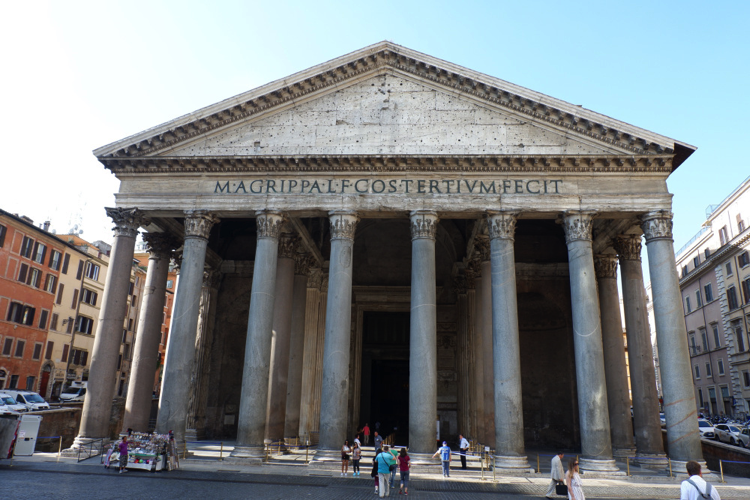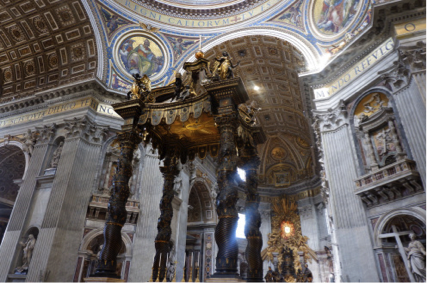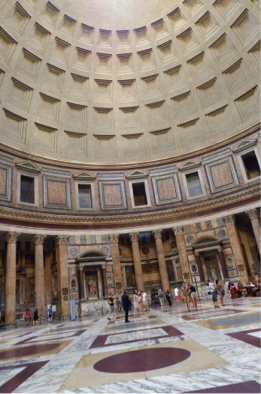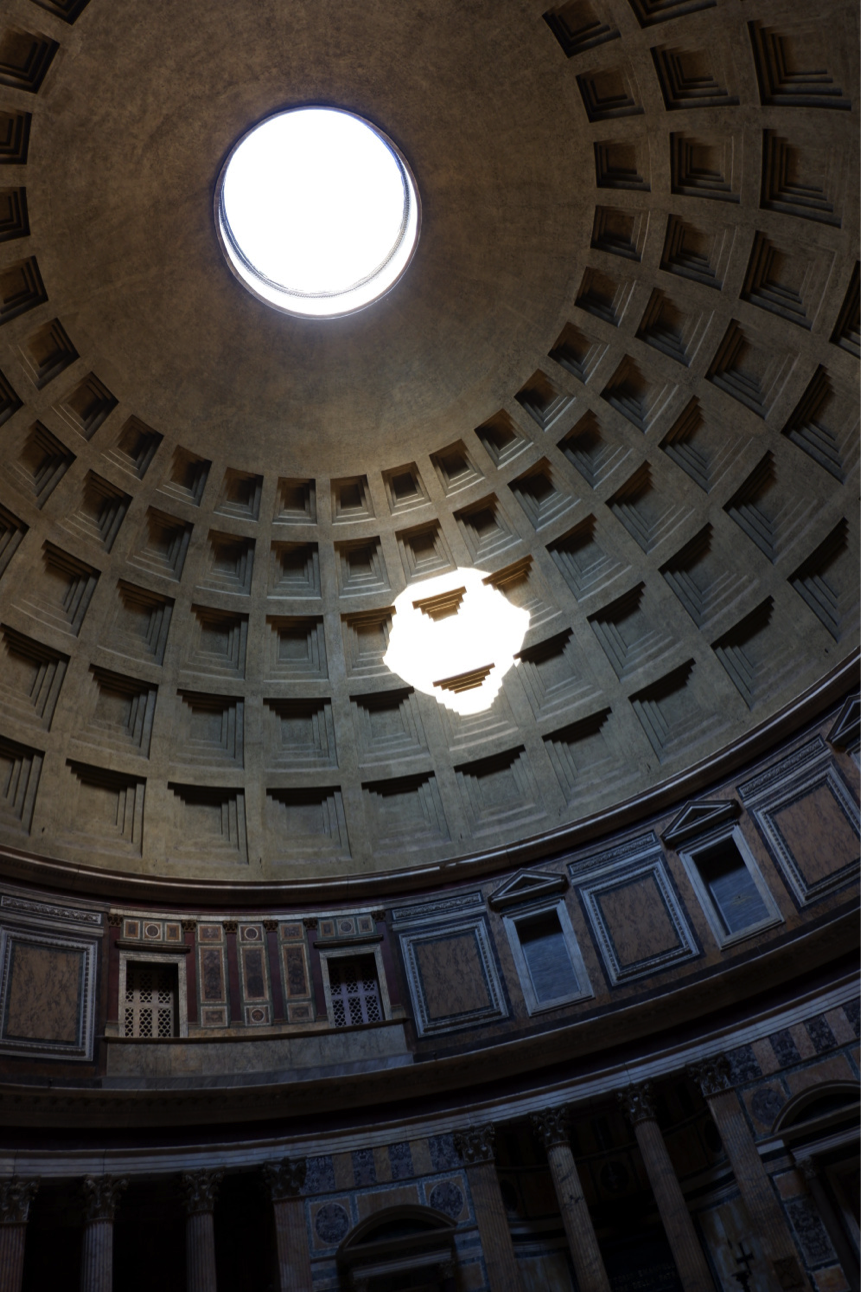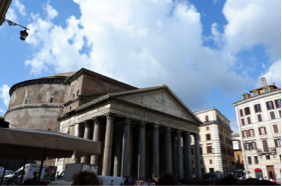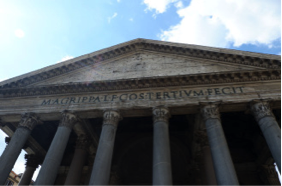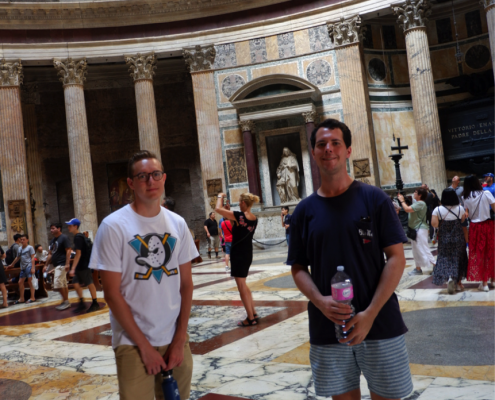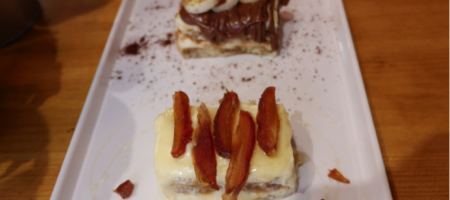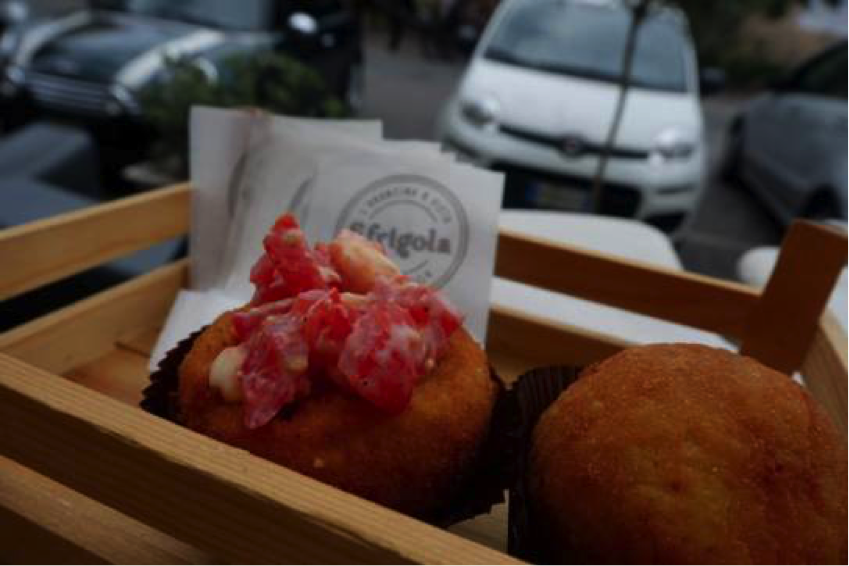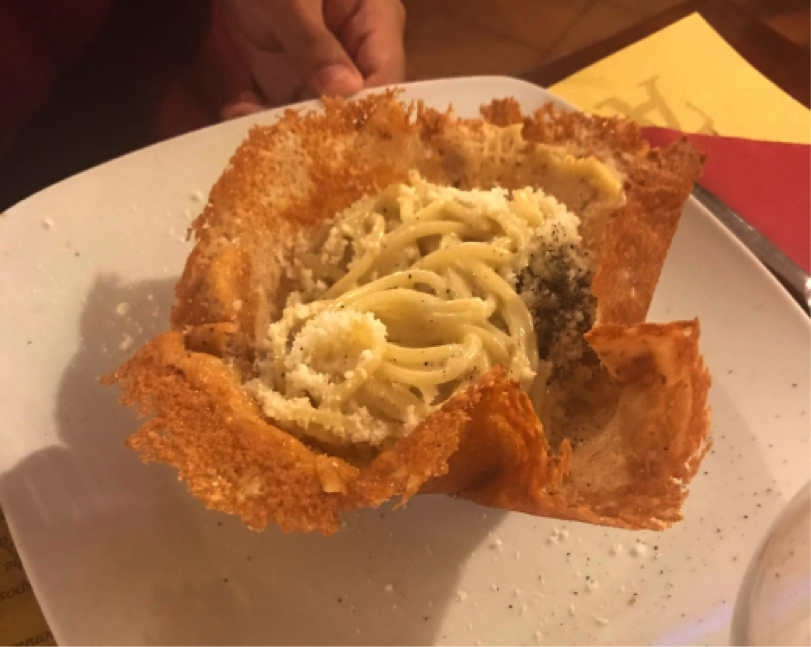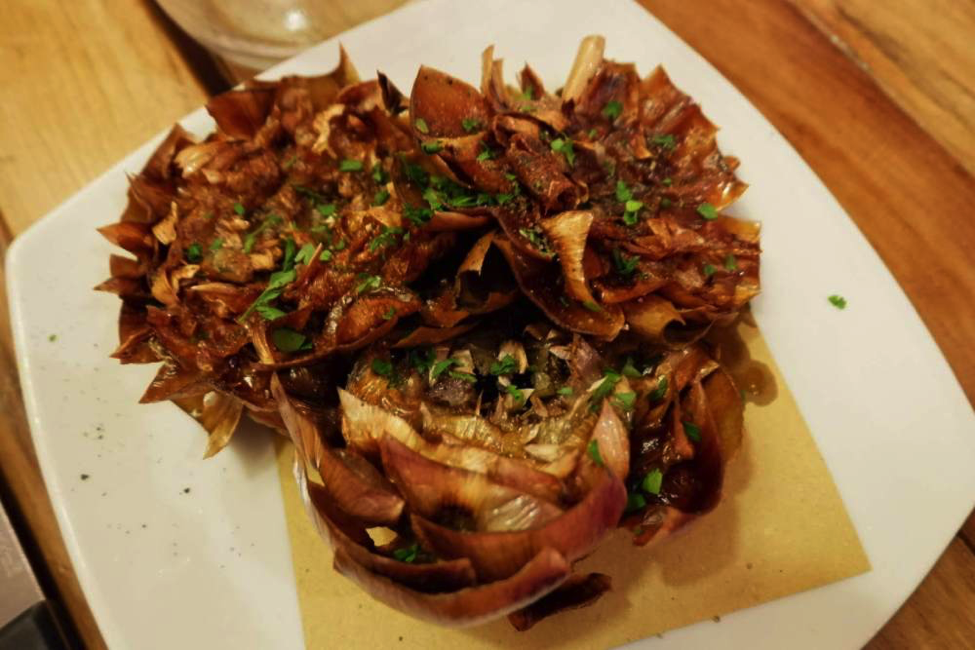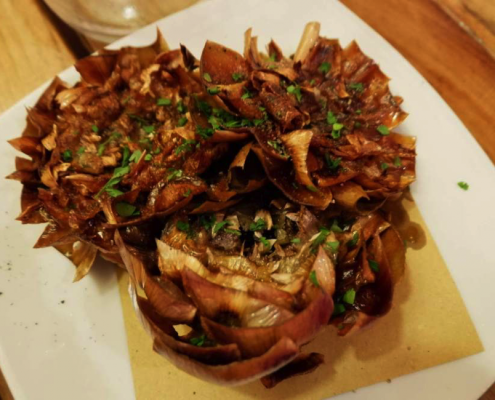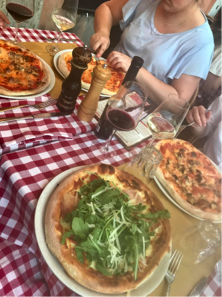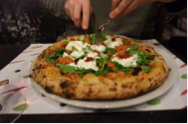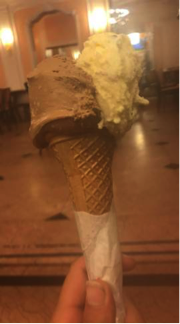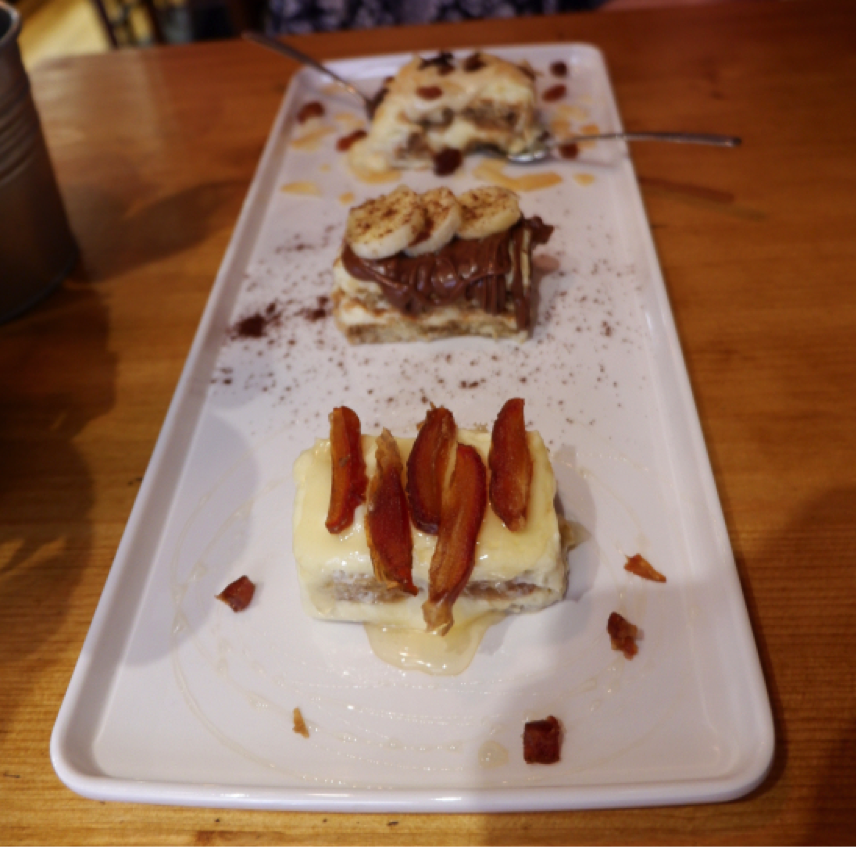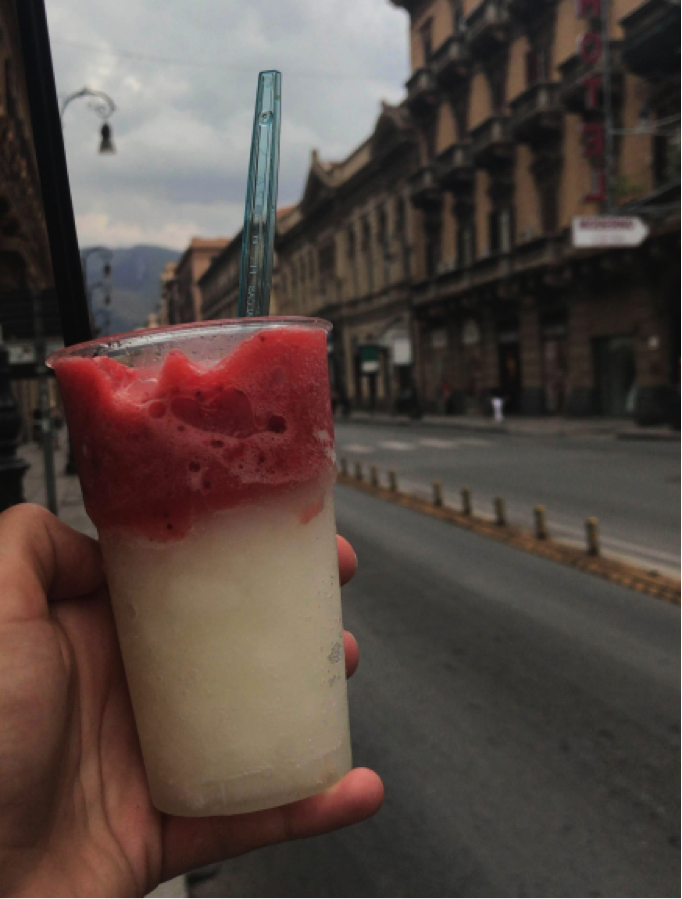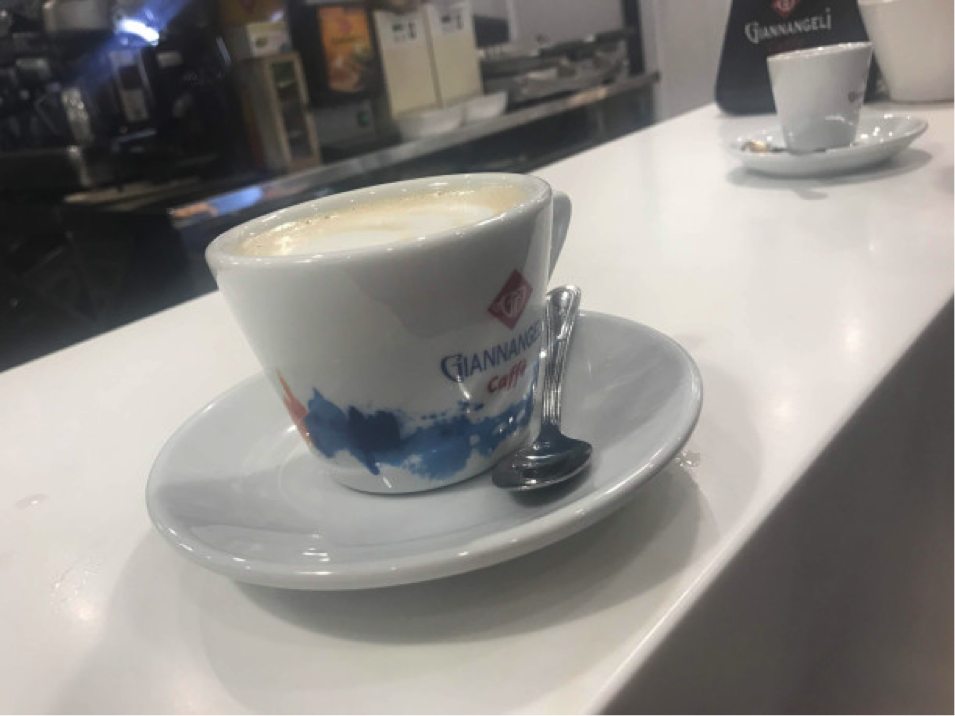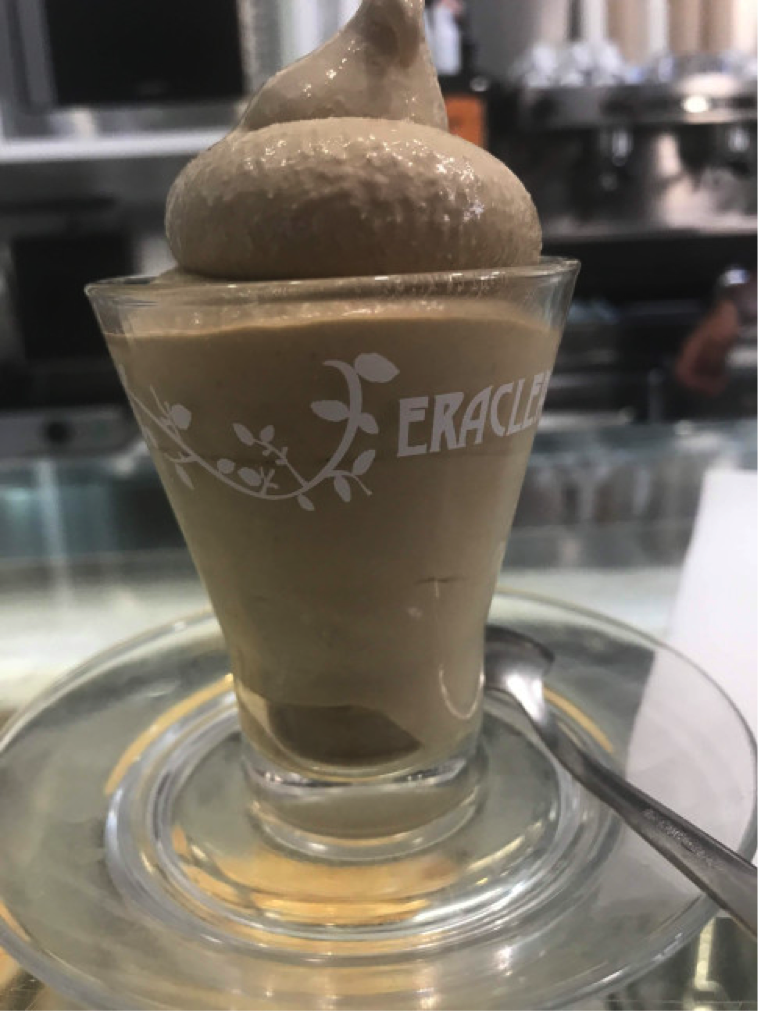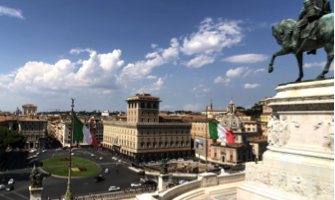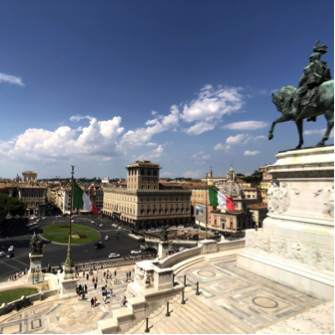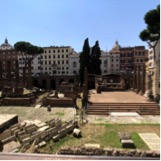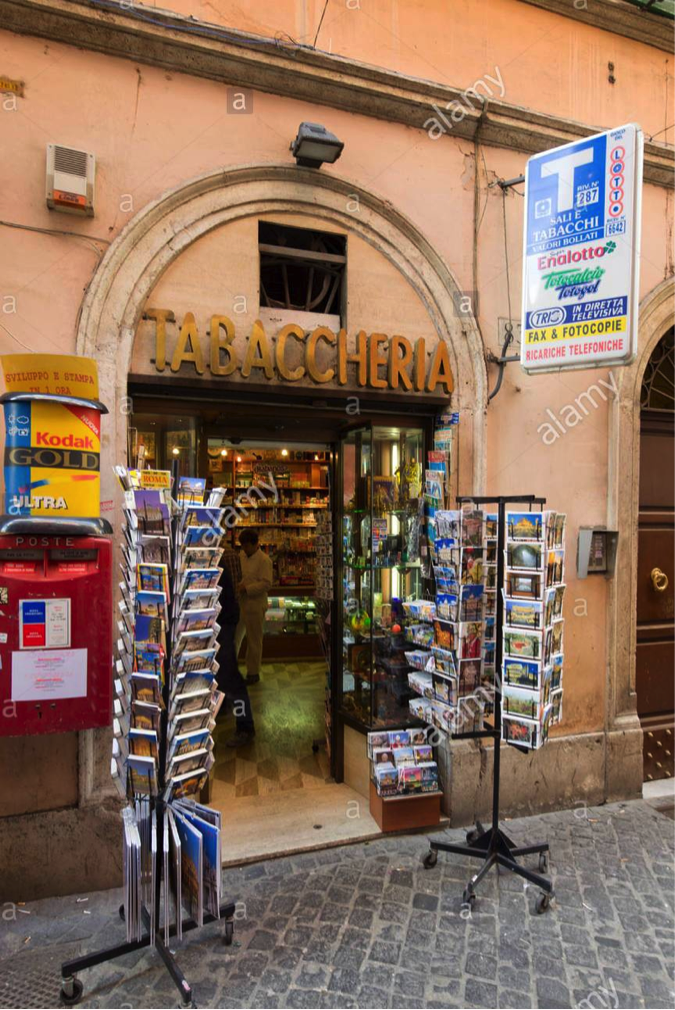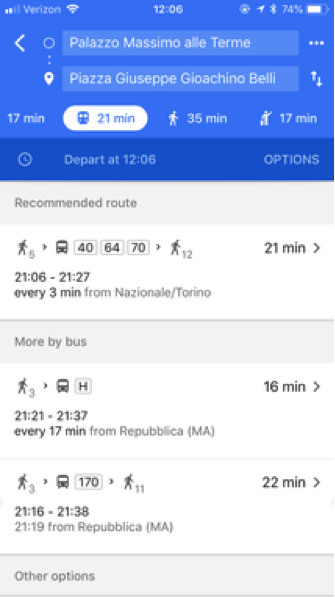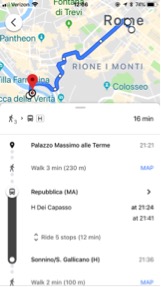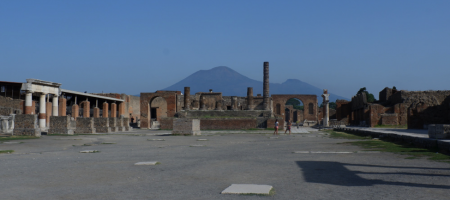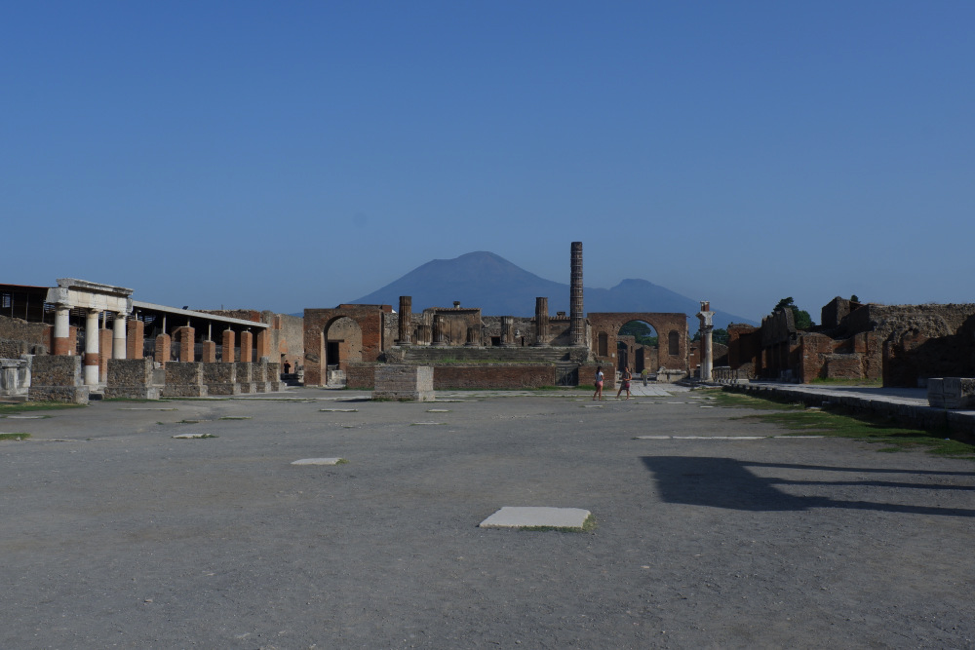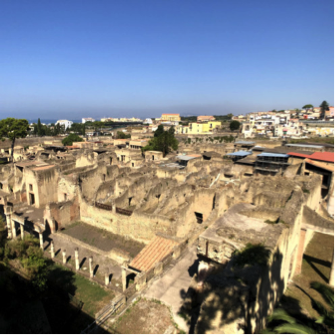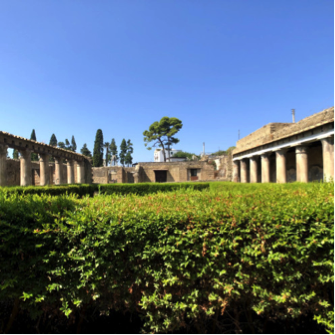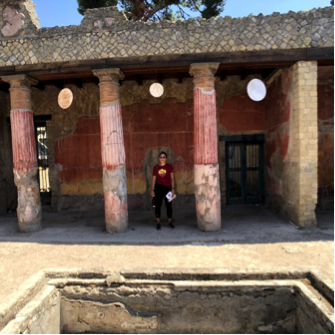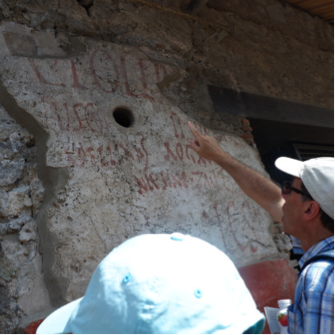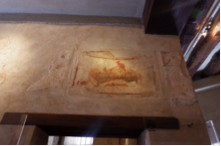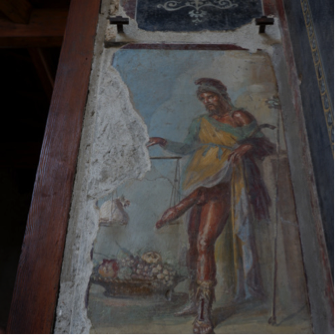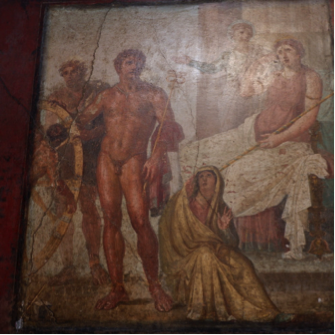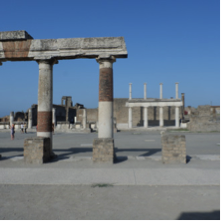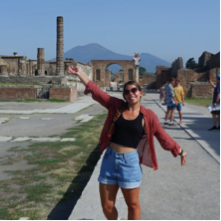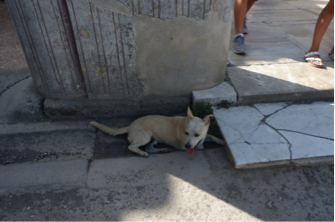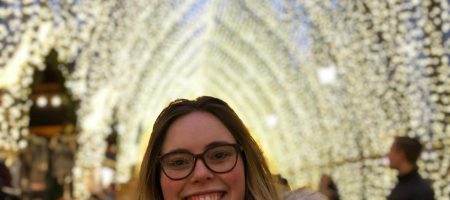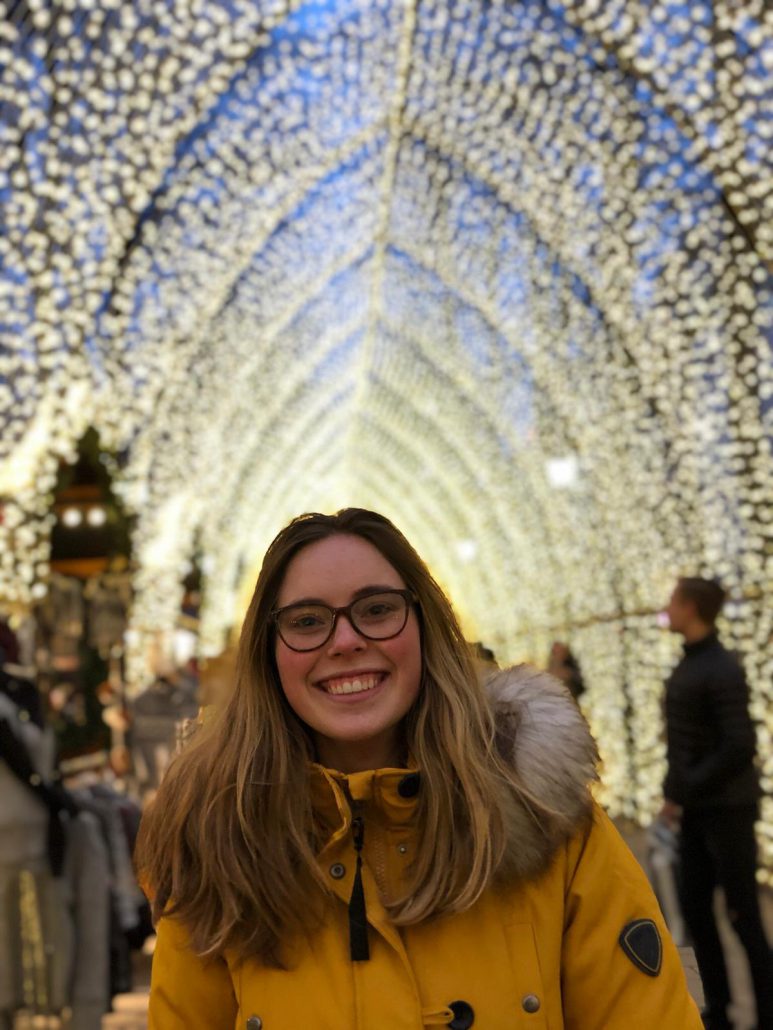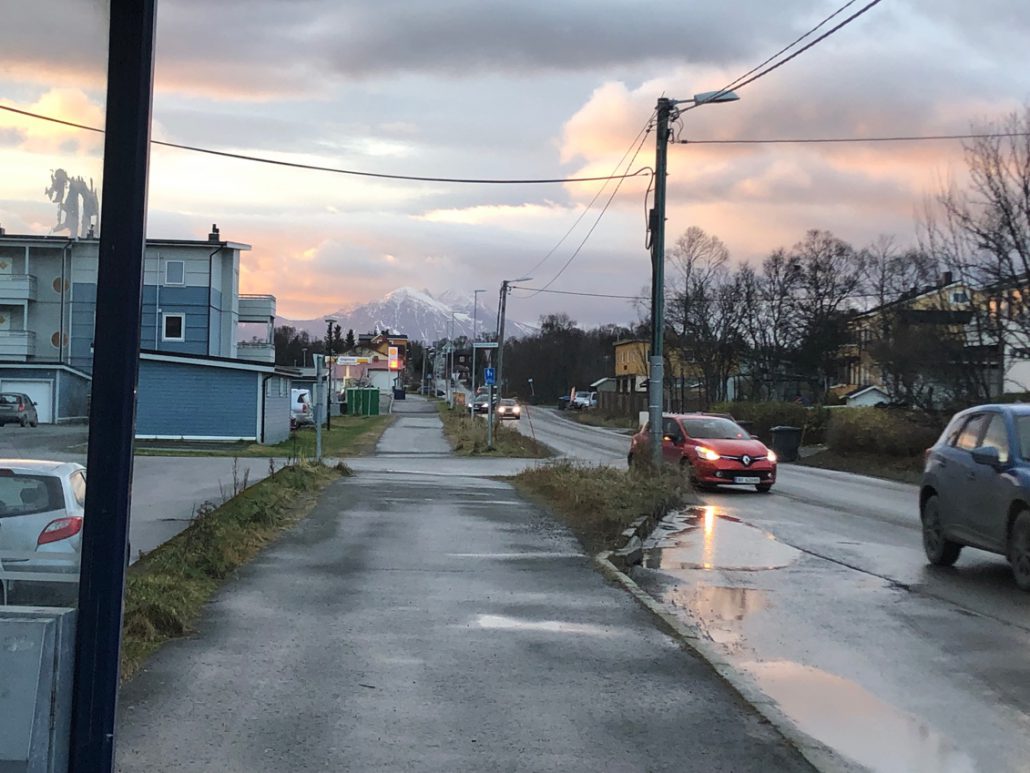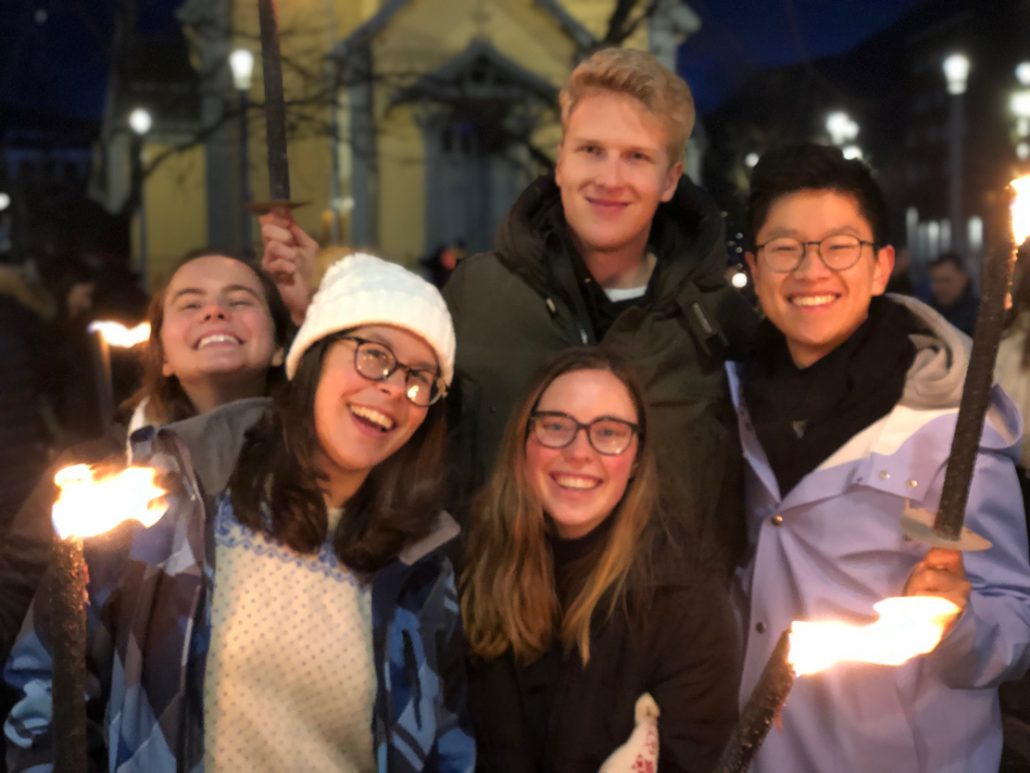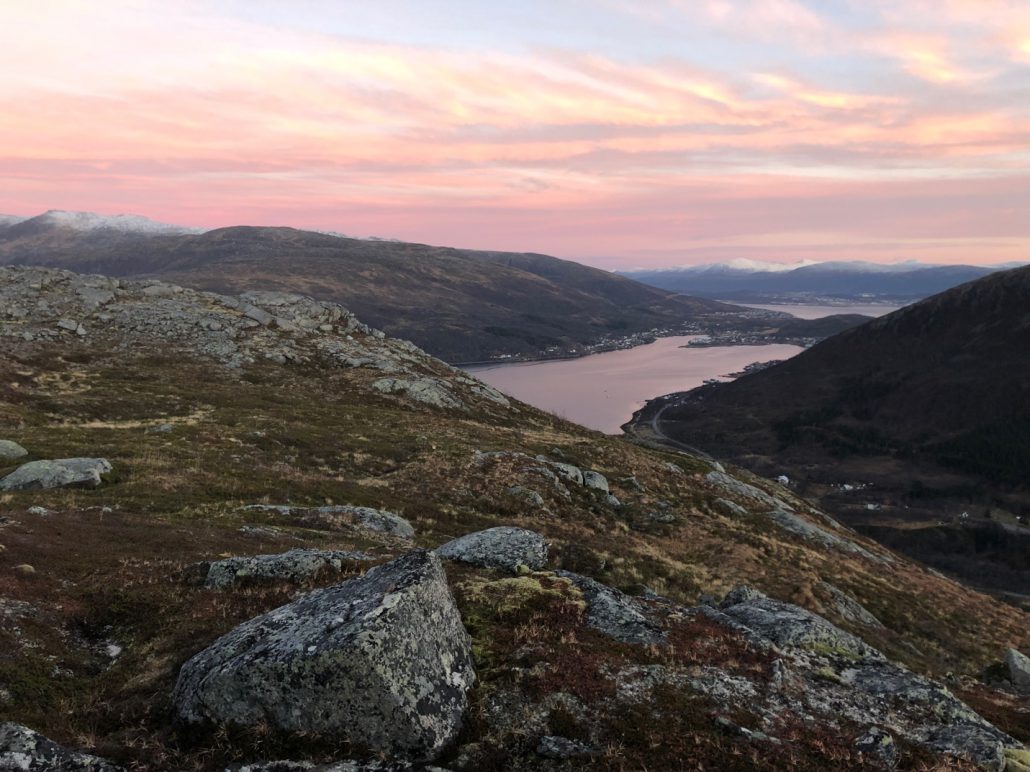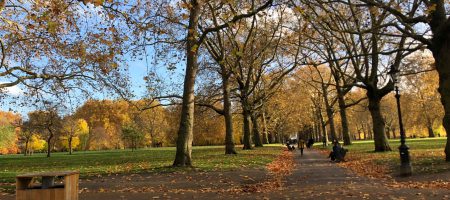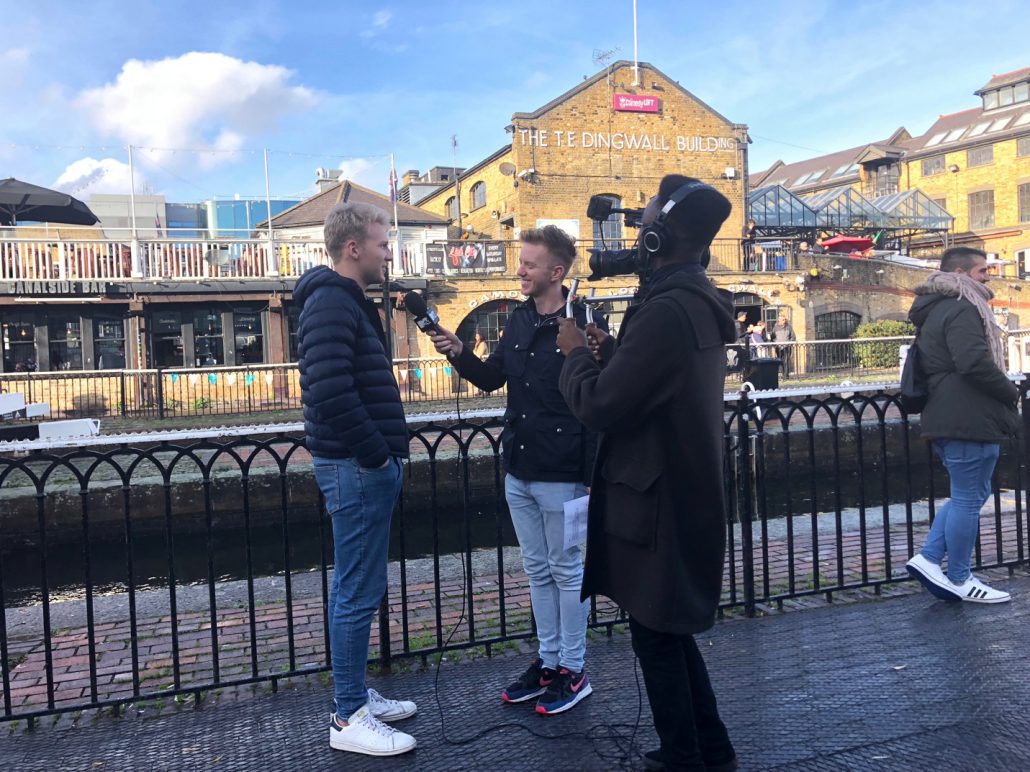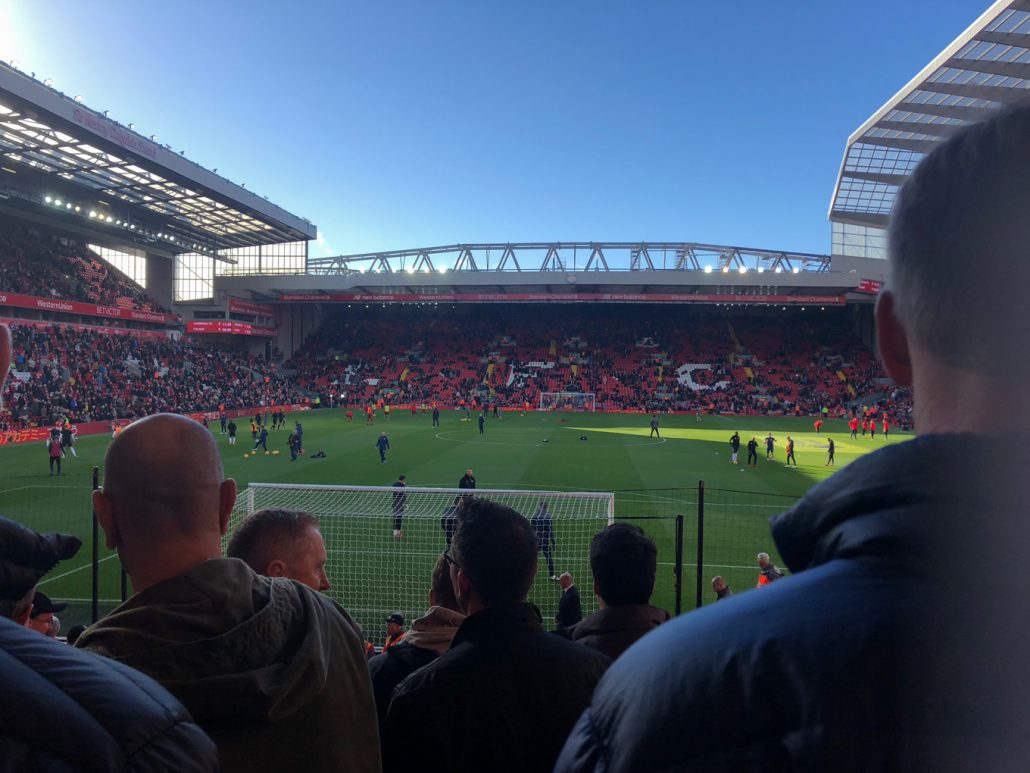Italy | Water Fountains in Rome
When I talk about water fountains in Rome, I’m not talking about decorative fountains (although there are quite a few of those here in Rome), but about drinking fountains! At first, I was hesitant to drink out of these fountains, but was assured by some locals that it was safe to drink. Since then, these have been a god send in this brutally hot Roman summer when walking or running around the city. You can fill up your water bottle or, if you don’t have a water container, can put your hand under the stream to stop it and water will shoot out of a hole on the top of the water spout just like a water fountain in the US. Pro tip: if the fountain is running a little slowly, you can also cover this hole with your hand to up the pressure and the water speed.

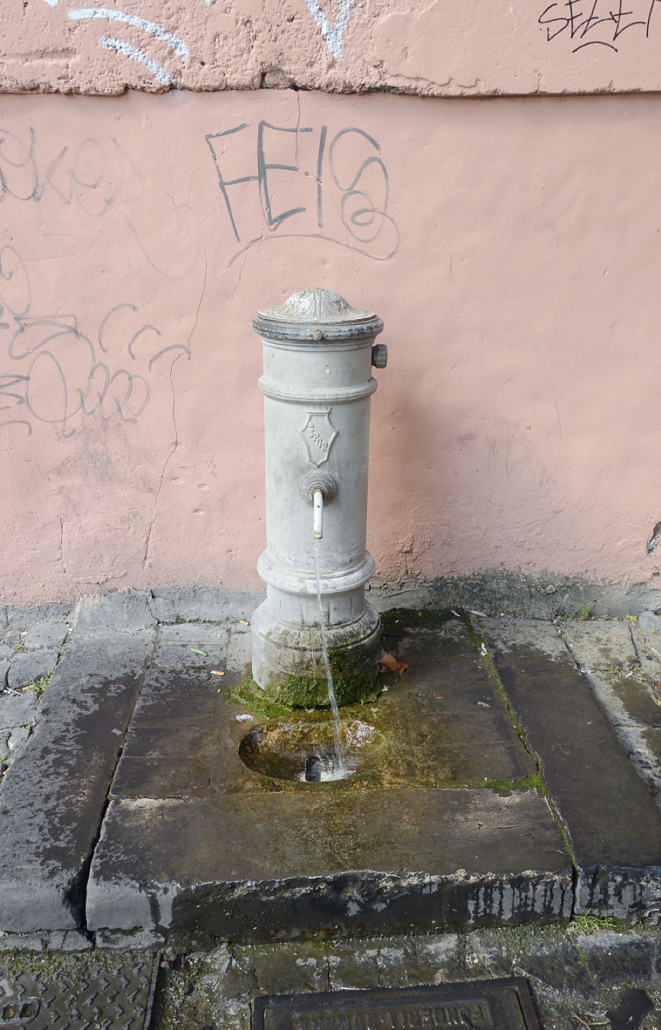
If you look closely, you can see the hole in the top of the fountain spout where water shoots out to drink from!
The water comes from the mountains and follows the line of an ancient Roman aqueduct. (Say whatever you want about the ancient Romans, but those guys really knew how to move, heat, and use water well!) It’s tested for quality by the city multiple times a day in various locations, so its always fresh and its always cold!
You will basically see these fountains everywhere. They can be found in tiny alleys and big main roads. I still haven’t quite figured out the placement, and, to be honest, it seems a bit random. There are two main types of water fountains: the nasoni which are the “big nose” fountains that you see everywhere, and the fontanelle which are the less common, more decorative fountains. I definitely made a mental note every time I came across one, especially in central places such as in Trastevere, near the Pantheon, on my favorite running routes, etc. If you can’t manage to remember all the locations, fear not because you can actually get an app on your phone called “I Nasoni di Roma” that tells you where all of them are, which can be incredibly useful if you’re thirsty. You can also google it if you’re in a pinch, and the website for the city’s water provider should come up with a map of where they are.
When I first arrived, I was bit distressed to see that these fountains were continually running. The Californian in me panicked a little bit thinking “Oh my god that’s so much wasted water!” But some basic research informed me that the water that isn’t used for drinking is used for fountains, gardens, industrial purposes, etc, so please don’t think it’s just not being wasted after it runs through the nasoni! Additionally, because the water in regular, decorative fountains is recycled, its not recommended that you drink water from those fountains. There are, however, places at the Trevi fountain and at the fountain near the Spanish steps where they have nasoni attached to the fountain, and feel free to use those!

In a country that makes you pay for water every time you sit down to eat at a restaurant, the abundant free water in Rome is definitely appreciated. I’ve seen these in other cities in Italy (Milano, Torino, Catania), but no other place has as many or as cold of water as Rome does. Make sure to use it while you’re there! I know I will miss this city feature when I arrive home in Westwood.
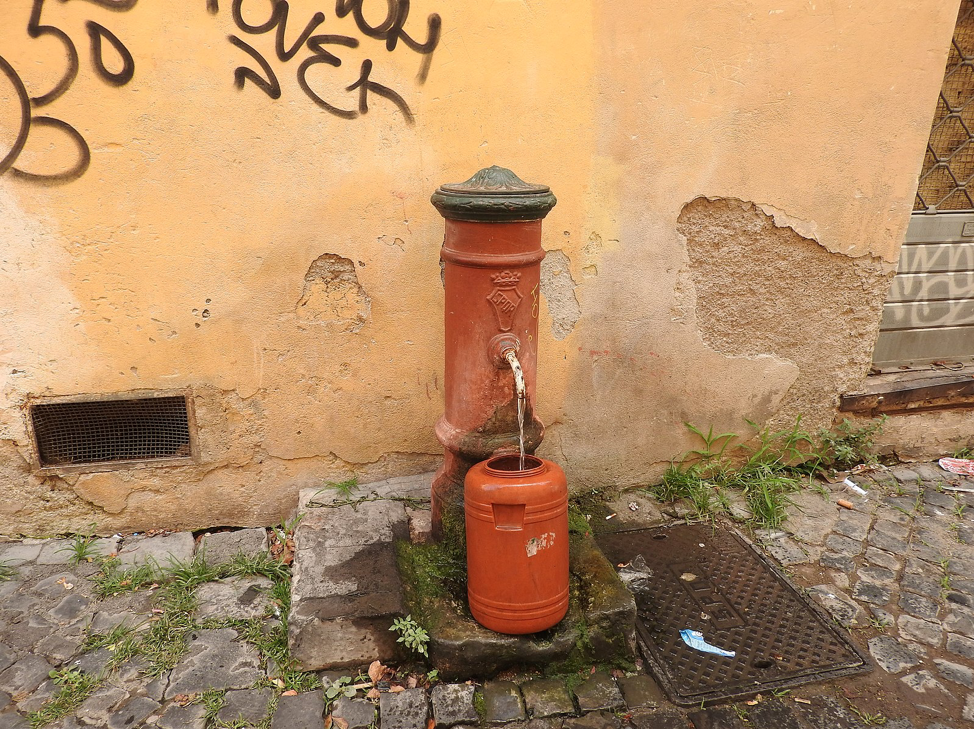
Andrea Zachrich studied abroad in Rome, Italy, in Summer 2018: https://ieo.ucla.edu/travelstudy/italian-rome/


